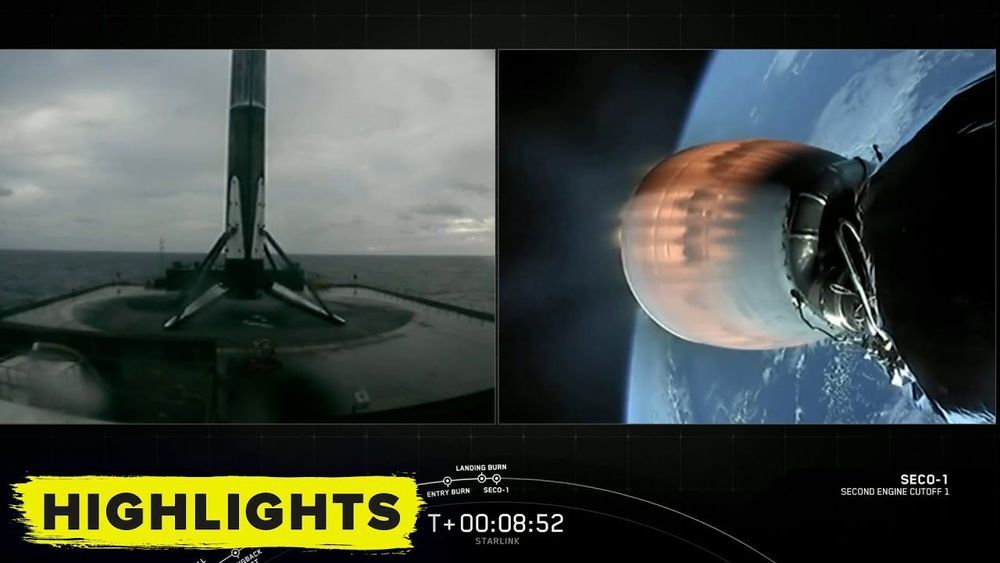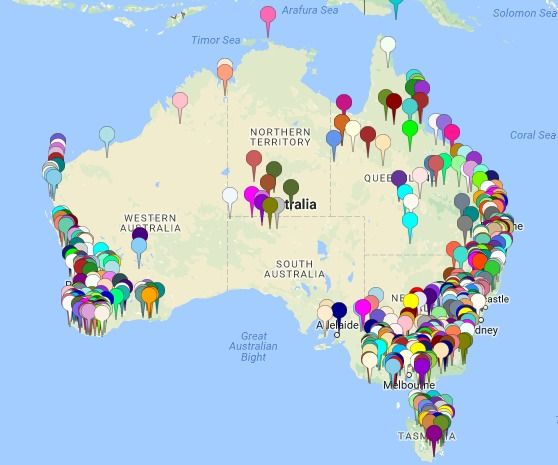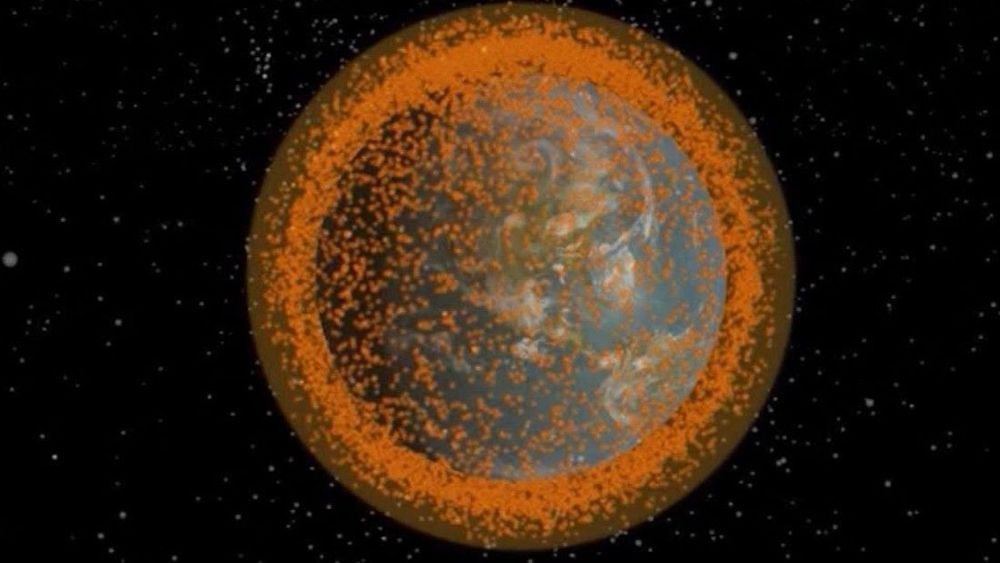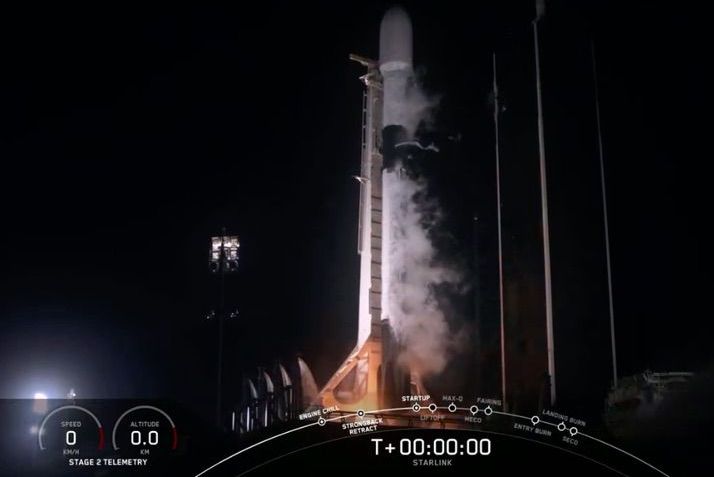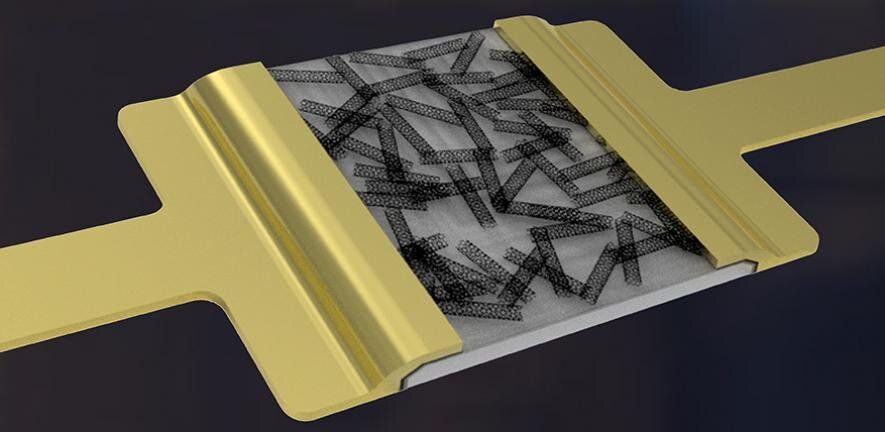Archive for the ‘internet’ category: Page 175
Oct 15, 2020
What Would a Quantum Internet Look Like?
Posted by Kelvin Dafiaghor in categories: engineering, internet, quantum physics

In this episode, we’re tackling the question that’s on everyone’s minds: what will it take to have quantum internet in our home?
» Subscribe to Seeker! http://bit.ly/subscribeseeker
» Watch more Elements! http://bit.ly/ElementsPlaylist
» Visit our shop at http://shop.seeker.com
A quantum internet is in the works.
Continue reading “What Would a Quantum Internet Look Like?” »
Oct 15, 2020
Australlite: There have been lots of posts about SpaceX StarLink starting services in Australia
Posted by Muhammad Furqan in categories: education, food, government, health, internet, satellites, security
In 2016, I proposed LEO HTS Mega Constellation a viable solution for Australia’s broadband national coverage. I have been doing research on these constellations right from the beginning and they are inevitable!
Introduction
Utilizing the announced Lower Earth Orbit (LEO) satellites constellations of OneWeb, SpaceX, LeoSat & Samsung to provide high speed connectivity to entire Australian continent with performance better than fiber networks. This project can eliminate high cost NBN roll out to scattered populations and will considerably improve disaster management. Providing high speed connectivity for mobile communication, internet, high resolution TV broadcast as well as utilizing technologies like IoT & Cloud for improvement in security, education, health, agriculture, livestock farming, mineral resources, wildlife, and environment without any coverage black-spots. This network will not require any infrastructure installations and will help the Government to generate revenues by issuing spectrum licenses to local as well as foreign investors for providing services directly to the end user.
Oct 14, 2020
SpaceX gets FCC approval to bid in $16 billion rural-broadband auction
Posted by Genevieve Klien in categories: internet, satellites
Oct 13, 2020
Space is becoming too crowded, Rocket Lab CEO warns
Posted by Derick Lee in categories: internet, satellites
In 1978, NASA scientist Donald Kessler warned of a potential catastrophic, cascading chain reaction in outer space. Today known as “Kessler Syndrome,” the theory posited that space above Earth could one day become so crowded, so polluted with both active satellites and the detritus of space explorations past, that it could render future space endeavors more difficult, if not impossible.
Last week, the CEO of Rocket Lab, a launch startup, said the company is already beginning to experience the effect of growing congestion in outer space.
Rocket Lab CEO Peter Beck said that the sheer number of objects in space right now — a number that is growing quickly thanks in part to SpaceX’s satellite internet constellation, Starlink — is making it more difficult to find a clear path for rockets to launch new satellites.
Oct 13, 2020
SpaceX’s Satellite Internet Service Latency Comes in Under 20 Milliseconds
Posted by Raphael Ramos in categories: internet, satellites
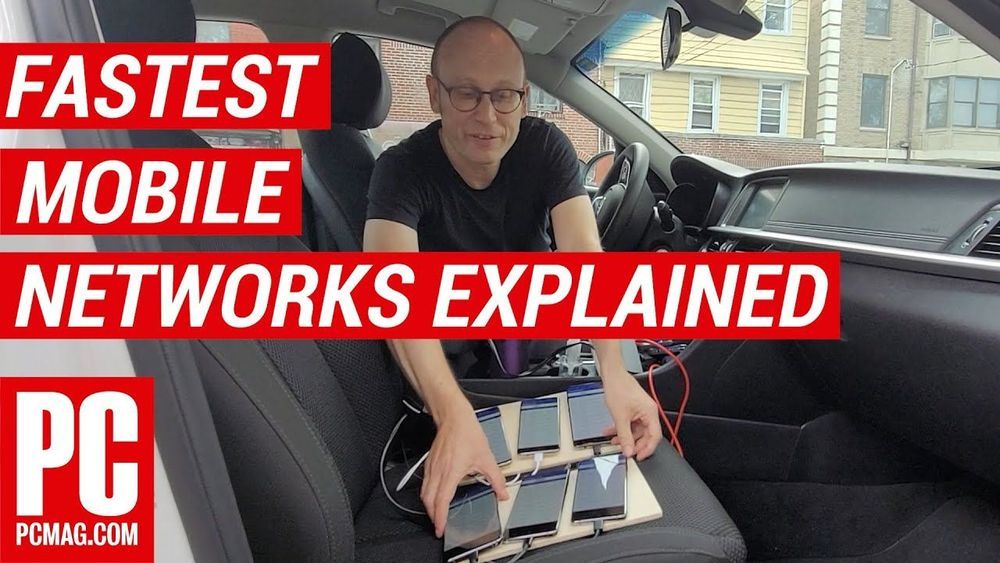
SpaceX disclosed the benchmarks in a presentation the company sent to the FCC last Friday. It also revealed the public beta for Starlink is coming to multiple US states.
Oct 13, 2020
Google Fiber to Offer 2Gbps Download Speeds Next Year for $100 a Month
Posted by Raphael Ramos in categories: biotech/medical, internet
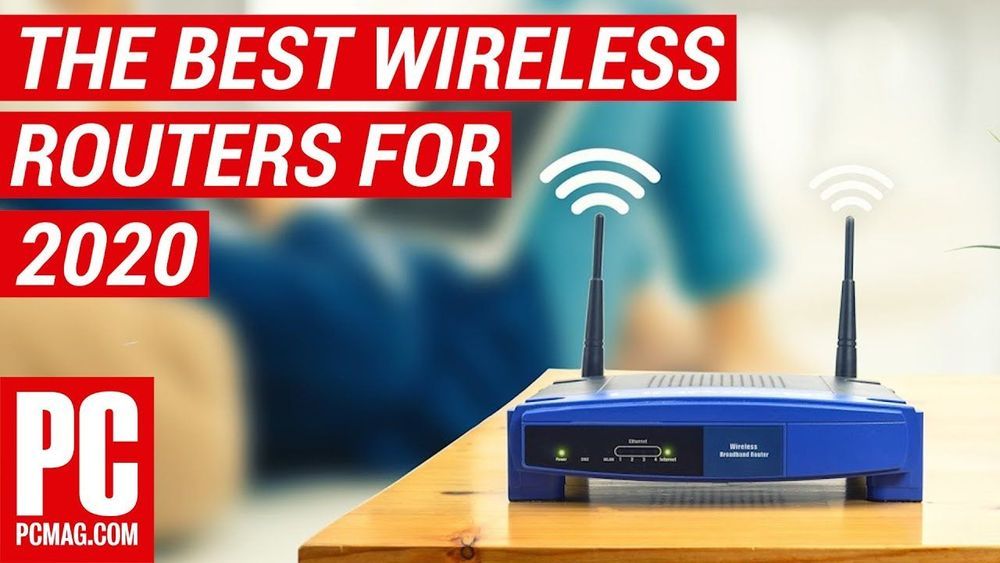
The 2 Gig service is targeting households with heavy internet users who are now forced to work from home due to COVID-19. “So we’re more than a little excited to announce 2 Gig today—bringing even more bandwidth and speed to customers in internet-intensive households who may need more than a gig to do their thing, whatever that may be,” wrote Amalia O’Sullivan, Google Fiber’s director of product management, in the announcement. (That said, upload speeds will remain at 1Gbps.)
Google Fiber is currently looking for subscribers in Nashville, Tennessee, and Huntsville, Alabama, to sign up as testers for the 2 Gig service. The beta will then roll out to other Google Fiber cities in the fall before the official launch. Interested customers can also go to the Google Fiber website to sign up for email updates on the 2Gbps service’s availability.
Oct 13, 2020
DOD Announces $600 Million for 5G Experimentation and Testing at Five Installations
Posted by Malak Trabelsi Loeb in categories: economics, engineering, internet, military, virtual reality
Today, the Department of Defense announced $600 million in awards for 5G experimentation and testing at five U.S. military test sites, representing the largest full-scale 5G tests for dual-use applications in the world. Each installation will partner military Services, industry leaders, and academic experts to advance the Department’s 5G capabilities. Projects will include piloting 5G-enabled augmented/virtual reality for mission planning and training, testing 5G-enabled Smart Warehouses, and evaluating 5G technologies to enhance distributed command and control.
“The Department of Defense is at the forefront of cutting edge 5G testing and experimentation, which will strengthen our Nation’s warfighting capabilities as well as U.S. economic competitiveness in this critical field. Through these test sites, the Department is leveraging its unique authorities to pursue bold innovation at a scale and scope unmatched anywhere else in the world. Importantly, today’s announcement demonstrates the Department’s commitment to exploring the vast potential applications and dual-use opportunities that can be built upon next-generation networks,” said Michael Kratsios, Acting Under Secretary of Defense for Research and Engineering.
The test sites include: Hill Air Force Base, Utah; Joint Base Lewis-McChord, Washington; Marine Corps Logistics Base Albany, Georgia; Naval Base San Diego, California; and Nellis Air Force Base, Las Vegas, Nevada.
Oct 13, 2020
SpaceX, Hughes and Viasat qualify to bid for $20.4 billion in FCC rural broadband subsidies
Posted by Malak Trabelsi Loeb in categories: internet, space
WASHINGTON — SpaceX, Hughes Network Systems and Viasat are eligible to compete for a share of the $20.4 billion in broadband subsidies the FCC plans to dole out under the Rural Digital Opportunity Fund (RDOF) starting later this month.
The Federal Communications Commission on Oct. 13 released a list of “qualified bidders” for the RDOF funds, which will be awarded via reverse auction to telecom providers bidding to bring subsidized voice and broadband internet services to rural communities and other underserved parts of the United States.
FCC’s list of qualified bidders includes 386 telecom providers, including SpaceX, Hughes and Viasat.
Oct 13, 2020
Easy-to-make, ultra-low power electronics could charge out of thin air
Posted by Saúl Morales Rodriguéz in categories: computing, internet, wearables
Researchers have developed a new approach to printed electronics which allows ultra-low power electronic devices that could recharge from ambient light or radiofrequency noise. The approach paves the way for low-cost printed electronics that could be seamlessly embedded in everyday objects and environments.
Electronics that consume tiny amounts of power are key for the development of the Internet of Things, in which everyday objects are connected to the internet. Many emerging technologies, from wearables to healthcare devices to smart homes and smart cities, need cost-effective transistors and electronic circuits that can function with minimal energy use.
Printed electronics are a simple and inexpensive way to manufacture electronics that could pave the way for low-cost electronic devices on unconventional substrates—such as clothes, plastic wrap or paper—and provide everyday objects with ‘intelligence’.
